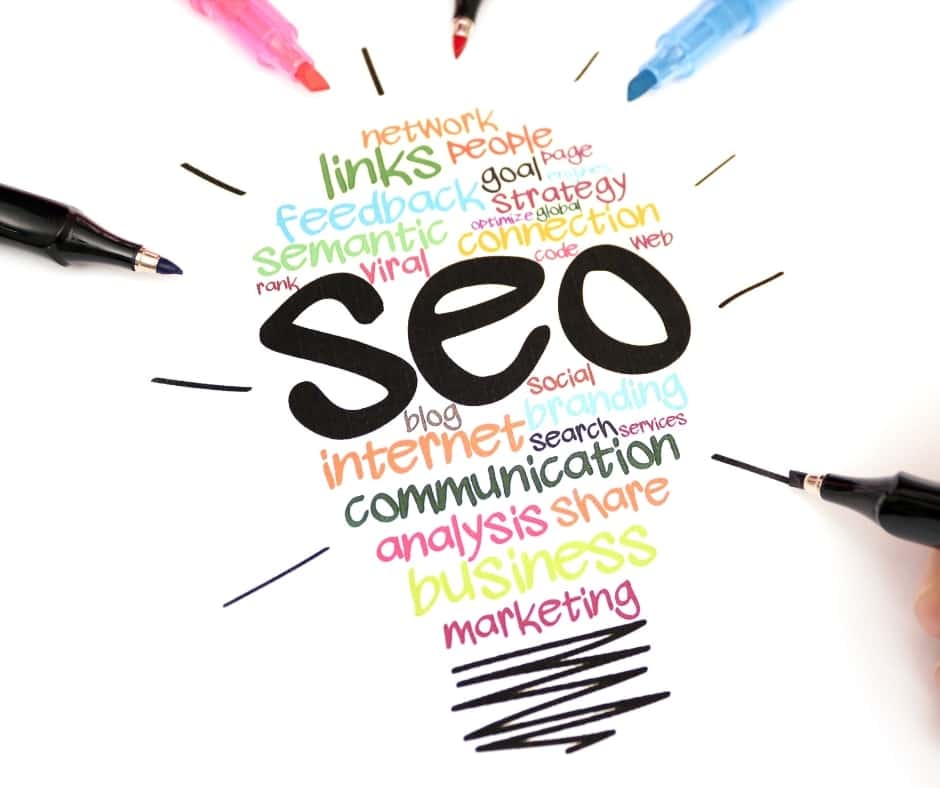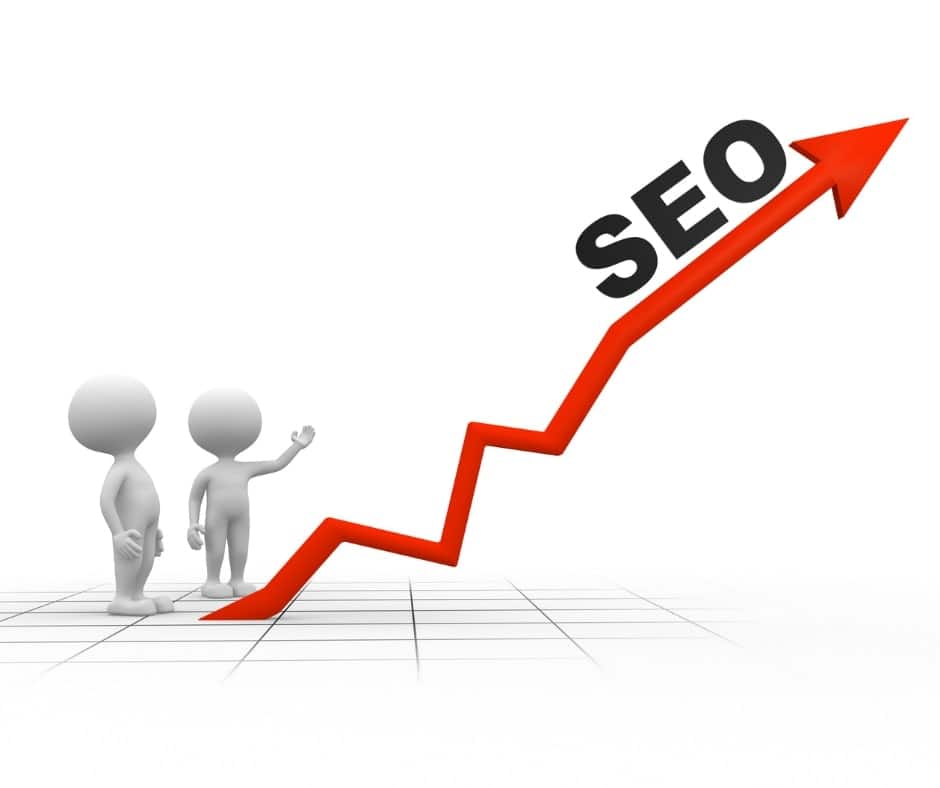In the ever-evolving world of digital marketing, understanding on-page SEO is crucial for website owners looking to enhance their online visibility and draw in more traffic. In this comprehensive guide, we’ll explore the key elements of on-page SEO, offering insight into how they can significantly impact your website’s search engine ranking.
The Essence of On-Page SEO
On-page SEO involves optimising various front-end and back-end components of your website to improve its visibility in search engines. This includes content, HTML source code, and the website architecture. But why is on-page SEO so critical? It helps search engines understand your website and its content, determining whether it is relevant to a searcher’s query. Here are the key elements:
Content Quality: Search engines favour content that is not only rich in keywords but also provides value to the reader. High-quality, informative, and engaging content that addresses the needs of your audience will always rank better.
Keywords: These are terms that your target audience uses when they’re searching for content like yours. Proper keyword research and usage are vital. They should be naturally integrated into your content, titles, and headings.
URL Structure: Descriptive, keyword-rich URLs can improve search engine visibility. Keep them short, relevant, and avoid unnecessary characters.
Title Tags & Meta Descriptions: These HTML elements summarise your page’s content. Well-crafted title tags and meta descriptions can boost click-through rates from search engine results pages.
Headings (H1, H2, H3, etc.): These not only help in structuring your content but also play a role in SEO. Utilise them to structure your content and include relevant keywords.
Image Optimisation: Images can slow down your site but are great for user engagement. Use alt text to describe images, ensuring they are SEO-friendly.

Optimising Content for Search Engines and Users
Creating content that caters to both search engines and users can seem daunting. Start with understanding your audience’s needs and questions. Use this insight to create content that answers these queries while integrating your keywords naturally. Remember, your primary goal is to provide value to your readers, not just to appease search engines.
Meta Tags and Descriptions: Crafting for Impact
Meta tags and descriptions play a crucial role in on-page SEO. They are the first interaction potential visitors have with your site on the search results page. Keep your meta descriptions concise, compelling, and relevant, with a call-to-action if possible. They should offer a snapshot of what to expect on the webpage, enticing users to click through.
Mobile Responsiveness and Page Loading Speed
With the increasing prevalence of mobile browsing, mobile responsiveness is non-negotiable. Google’s mobile-first indexing means your site’s mobile version will impact your search engine rankings more than the desktop version. Ensure your site is responsive and offers a seamless experience across all devices.
Page loading speed is another critical factor. Slow-loading pages can lead to high bounce rates and low user engagement, negatively impacting your SEO. Optimise images, leverage browser caching, and reduce redirects to improve loading times.
Implementing an Effective On-Page SEO Strategy
Regularly Audit Your Site: Regular audits can help identify and rectify SEO issues. Tools like Ahrefs provide insights into how well your site is performing and where improvements are needed.
Stay Updated with SEO Trends: SEO is ever-changing. Keep abreast of the latest trends and algorithm updates to ensure your strategies remain effective.
Focus on User Experience: Ultimately, the best SEO strategy is to create a great user experience. The more engaging and user-friendly your site is, the better your rankings will be.
Utilise SEO Tools and Plugins: Tools like Yoast SEO can guide you in optimising your on-page elements effectively.
Track Your Results: Use tools like Google Analytics to track your SEO performance. This data will guide your ongoing strategy and adjustments.
In conclusion, on-page SEO is a multifaceted and dynamic aspect of your website’s digital marketing strategy. By focusing on the elements outlined in this guide, you can enhance your site’s visibility, drive more traffic, and achieve your digital marketing goals. Remember, successful on-page SEO requires a balance between being search engine friendly and providing a great user experience. If you would like to speak to a member of our team, please contact us.




